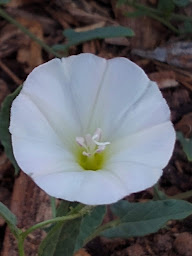All these micro habitats can be found in the ditches within a small square mile of the ditch system. The diversity is incredible, also the interconnectedness of it all.
Often overlooked is the invertebrates like snails. The ditches have aquatic snails in the summer, they are numerous species and not anything like the garden snails, or those found in the fast, silty waters of the Rio Grande. Tadpoles and snails together form an ecosystem for numerous parasites, but so little research is done, we know almost nothing about them.
Often overlooked is the invertebrates like snails. The ditches have aquatic snails in the summer, they are numerous species and not anything like the garden snails, or those found in the fast, silty waters of the Rio Grande. Tadpoles and snails together form an ecosystem for numerous parasites, but so little research is done, we know almost nothing about them.
There was a skunk out walking with us last night. They are pretty timid in spite of their fearsome reputations. For obvious reasons I did not get close enough to get a good picture. Pretty soon we should see tracks in the mud as the mammals try their luck at tadpole fishing in the shallows. They are also attracted onto the farms because of all the fruit and produce that is ripening rapidly in the high, dry temperatures.
The flowers are popping everywhere, but there has been a decrease in pollinators recently. Maybe because of the bank cutting activities? The steep banks do a good job of keeping people out of the ditches, but also limit the size of the wetlands (called the Littorial zone) through drainage.
The bottom picture is a typical drainage ditch. It has concrete sides and heavy silt in the water column. The plants have been shaved to the ground and the ground is compacted. Also the water is fast moving. This is very hard environment for critters other than crayfish to live in. The Top left shows still water with heavy plant growth, both cattails and floating duckweed. Great scuzziness. Top right is a mix of everything. Some water movement, some plants growth, some traffic.















Great scuzziness.
ReplyDelete